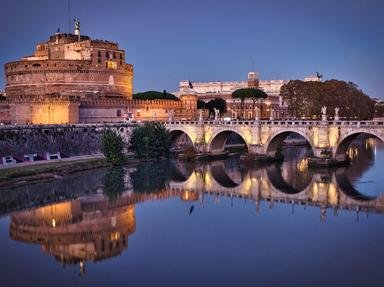
Hanukkah and the Maccabean Revolt Quiz
The Maccabean Revolt was a Jewish uprising against Seleucid rule, ignited by Antiochus IV's attempts to suppress Jewish religious practices. Igniting the Land of Israel in war, can you place the events surrounding the festival of Hanukkah in their place?
A label quiz
by LeoDaVinci.
Estimated time: 3 mins.
